By our Head Trainer Jenny Richardson
Many people are considering a riding holiday as spring beckons, and lots of us enjoy topping up our horse riding skills in a new location, as well as relaxing and unwinding on a riding trip.
But if you’re planning a riding holiday, do you want a beach ride, a trek, or a training break like the fabulous ones on offer here at Castle Leslie Estate?
Preparing for the climate
There are several important things to consider when choosing your trip, such as the climate. If you are a fair-weather rider at home, remember you will feel just the same way abroad! Rain is one of the worst conditions to ride in if you are unprepared, so check out online travel guides, and in the shorter term, the BBC’s world weather website www.bbc.co.uk/weather for an idea of expected weather.
Here in Ireland, our weather is influenced most by the Atlantic Ocean. As a result, it doesn’t have the extreme temperatures that other countries at similar latitude would have. The average temperature is a mild 50°F. A major warm ocean current called the North Atlantic Drift keeps our sea temperatures mild too!
Chilly climes
If you are heading to a colder climate, or are riding out of season, think about the extremities – if you are riding for hours on end, your body will keep warm, but your hands and feet will be the first to go numb. Thermal socks are a must, but make sure they fit in your boots before you leave! (On that note, it is a good note to break in any new footwear ahead of the holiday.)
Sun seekers
If you are heading somewhere sunny, ask yourself if you can cope with the seasonal heat – and book your holiday outside of the hottest months, if necessary. Find out if panniers are provided, as you will undoubtedly need to carry water with you, when riding, and may need to invest in a small, secure shoulder bag. Always think ‘cool’ – lightweight riding hats and non-rubber boots are also a must for sunny locations.
Tricky terrain
Another aspect to think about when choosing a riding trip is the terrain, something many of us do not consider. Find out exactly where you will be riding. For example, many European destinations boast various types of terrain; if you are on mountainous ride for example, you may be ascending up to 3000m. This of course means a slower pace, and riders must also be fit and mobile enough to stand out of the saddle, leaning forward to help the horses, for some time.
Meanwhile, treks in lower regions are usually faster rides where guests can canter and gallop, as the terrain is flatter and riders can cross open, grassy fields. There’s no use wishing you could be galloping along a sandy beach in the sunshine, if you are visiting an in-land area with narrow mountain tracks.
Horse riding training breaks
Our top tip is a training break – here at Castle Leslie Estate, you can choose from a wide range of horse riding breaks to enhance ALL of your horse riding and equestrian skills! Click HERE for details. We have Happy Hackers, Horse Sport, Getaway, Learn to Ride and Confidence-boosting horse riding holiday packages.
Visit our friends at Horse & Countryside Magazine. They feature a range of articles on horsey matters!
Fittening begins… (10th February 2018 by Jenny Richardson, Equestrian Centre Business Manager, BHSAI)
Our head trainer Jenny Richardson BHSIA teaches many guests and clients here at Castle Leslie Estate’s wonderful Equestrian Centre. She says that, just like the horses at the Estate’s world-leading riding centre, many of us are planning on bringing horses back into work after winter, during the coming months.
Coming back into work
If your horse has had a holiday or a reduction in his fitness over winter, or been off work for unsoundness, consideration must be given as to how he should return to his usual work schedule. There may be some weight changes and muscle tone loss, but many things can be improved as you structure his schooling. If he should be a little stiff on one rein, or you are not sitting entirely square in the saddle, these things can be addressed in your rehabilitation and re-fittening!
Your horse’s hard feed will have been reduced during his lay-off, so be sure to increase this slowly – it is important that the work should increase and then be followed by the extra feed, and not the other way round. Be sure to start with a good ten minutes in walk, whether in the school, hacking or lunging – you can use this time to do bending and stretching, to encourage his flexibility and the mobility of his limbs, and accustom him to carrying you and listening to you.
Arena exercises
Ditch some bad schooling habits and remember to always do your transitions at certain places in the school, to hone accuracy; work gently long and low, slowly bringing him into a contact where he will have to use himself and engage his muscles. If he feels stiffer on one rein, do five minutes more on this rein on a circle, trying to use more of your inside leg than your rein, preferring leg aids to hand pressure. This will encourage his body to bend around your leg rather than him leaning on your hand. Walk, trot and canter work over raised poles is a great way of getting your horse to use his shoulders and bascule his back, ideally stretching his head and neck down low. Be sure to give him at least five minutes cooling down time, at walk, depending on how much he has worked.
Hacking
Start with short routes at walk and increase each time, trying to include some hill work and then introduce a little interval training whereby you walk for a certain time, then a short trot and back to walk, increasing over a couple of weeks and including some short canter work, if conditions allow. Again, be sure to walk the last mile or so, to bring him home cool and relaxed.
Lunging
This is great for periods where time is tight and is a good variation to add to your other activities. Sessions need not be long, again don’t forget the essential walking both at the start and finish. There are various training aids, of which the Pessoa-type training aids are a favourite for working the horse in the correct outline; however be sure not to ask for too long, especially when returning to work after a break. It is also important to work both directions evenly, and lunge work will remind him to listen to your voice and commands. It is excellent bonding time without riding!
With all of the above exercises, increase by a few minutes each day until you’re back to a normal level of activity for you both and can be fit and ready for any shows you may wish to attend. Your specific programme should of course be individually tailored to you and your horse.
For articles and information on equestrian matters please visit our friends at http://www.equi-ads.com – visit the site to Discover More and read horsey articles.


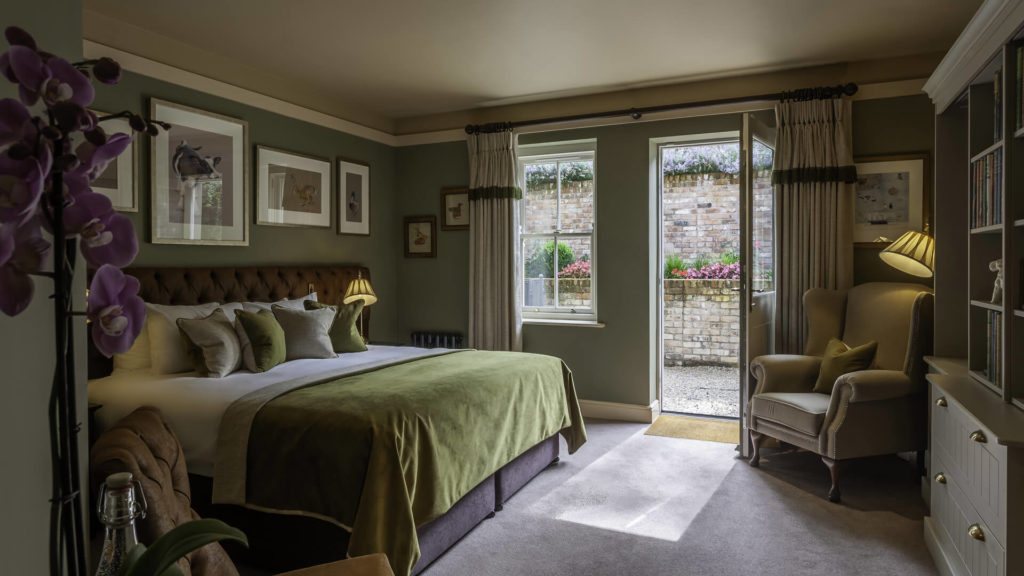

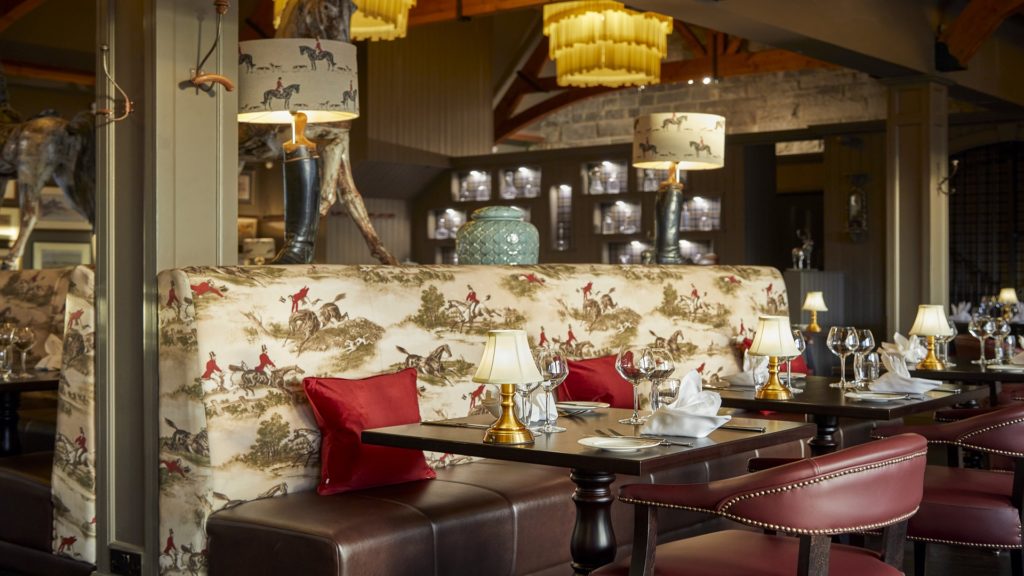
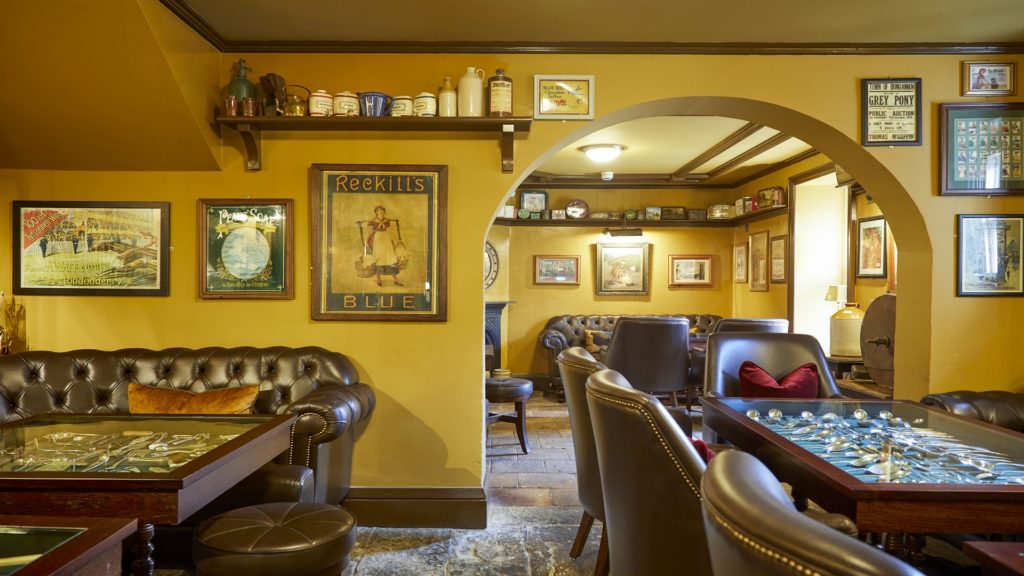
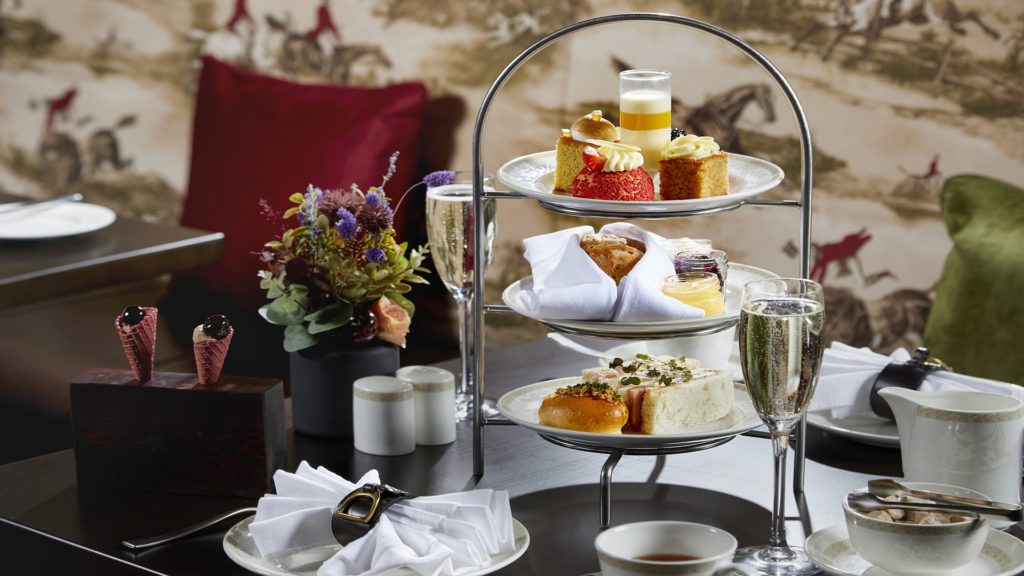

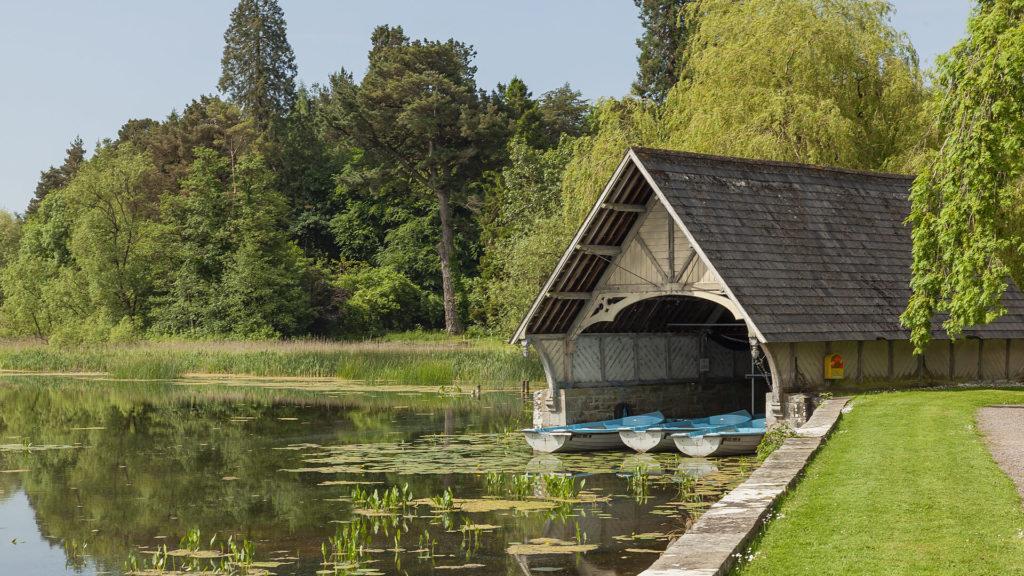


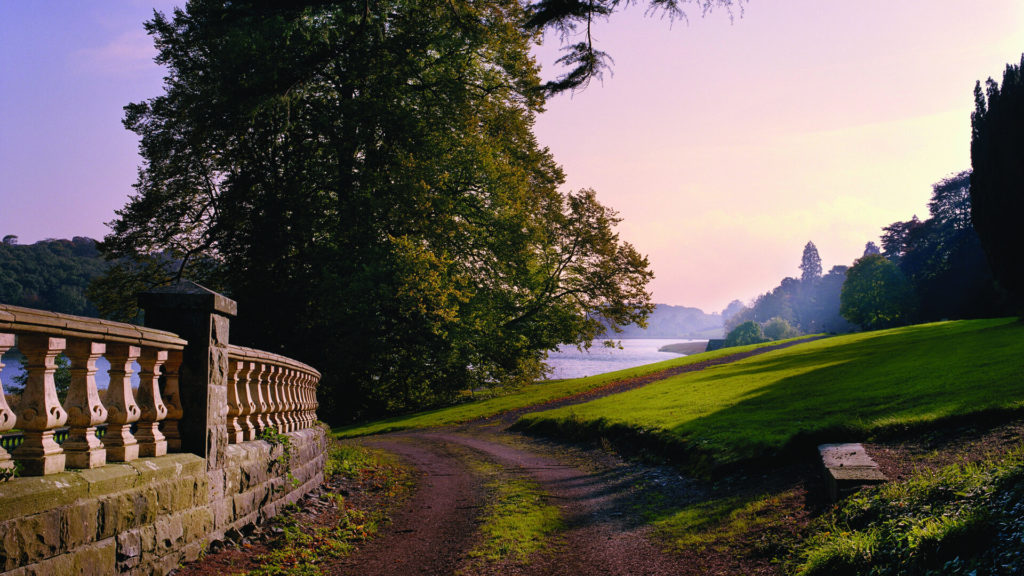
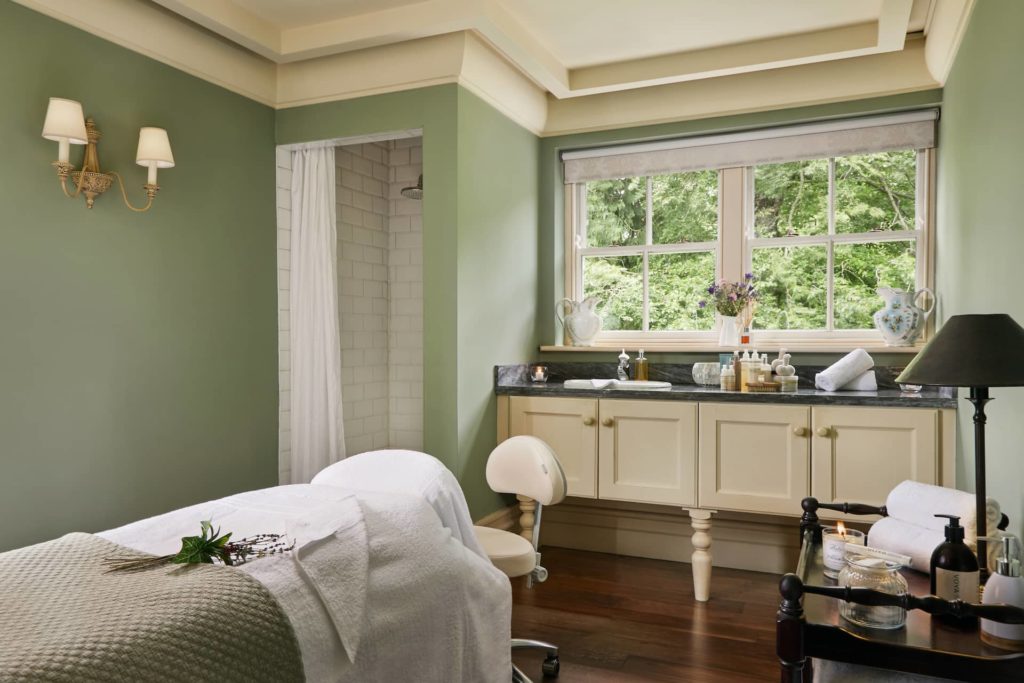

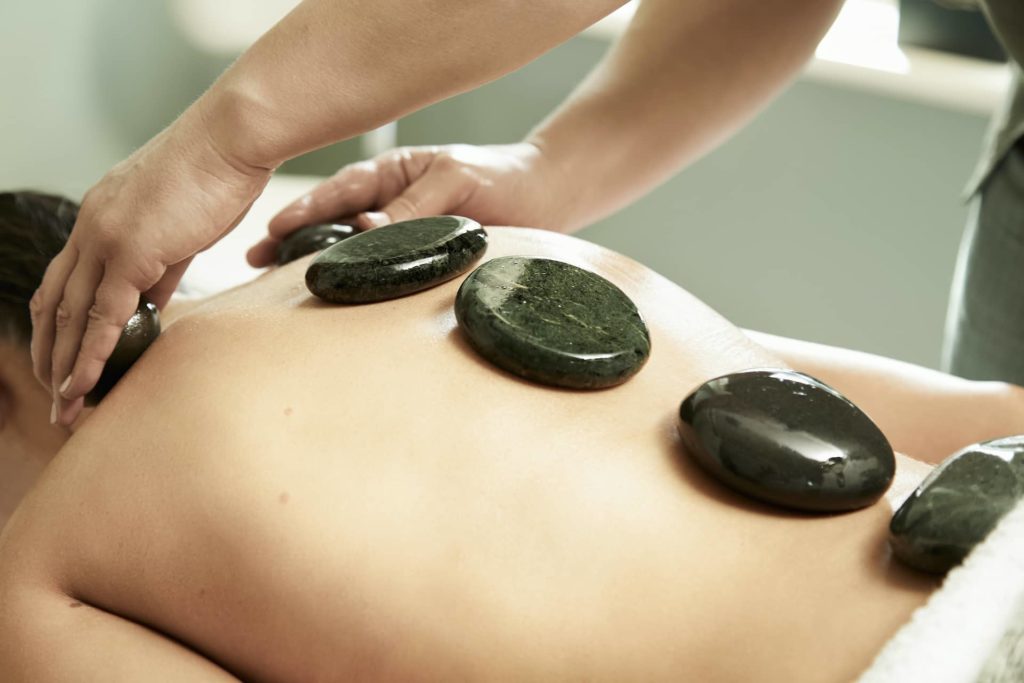
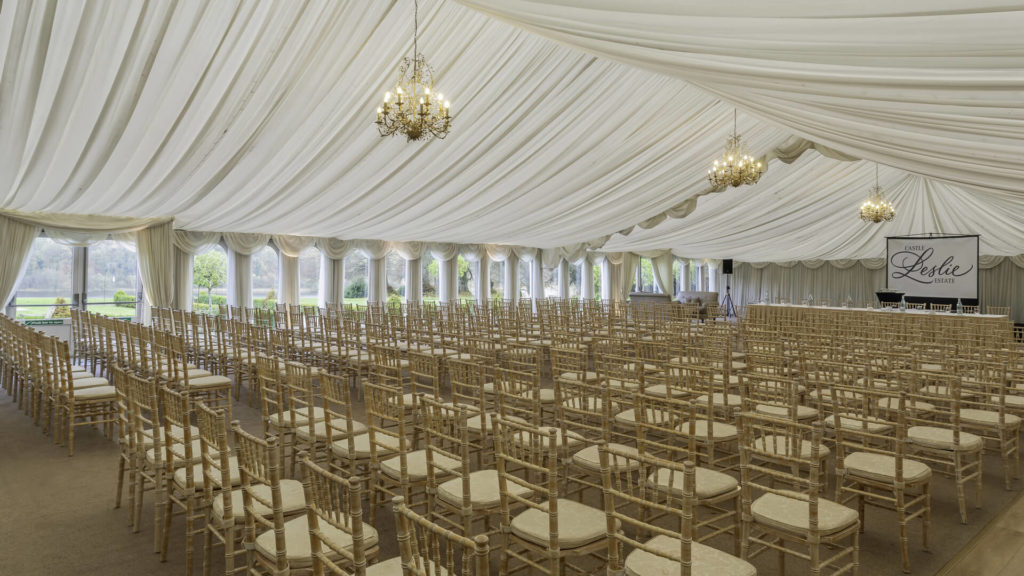

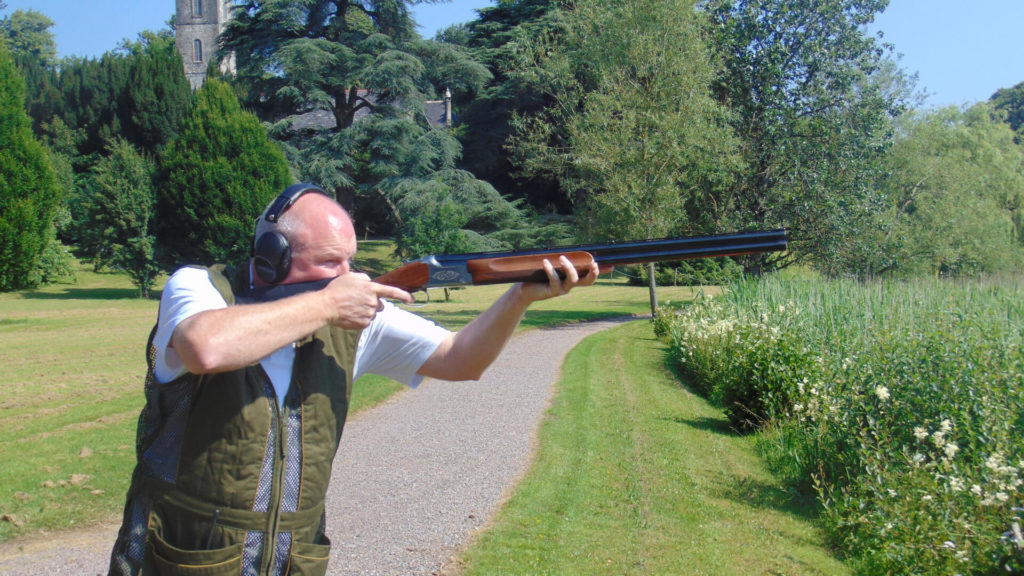



Recent Comments